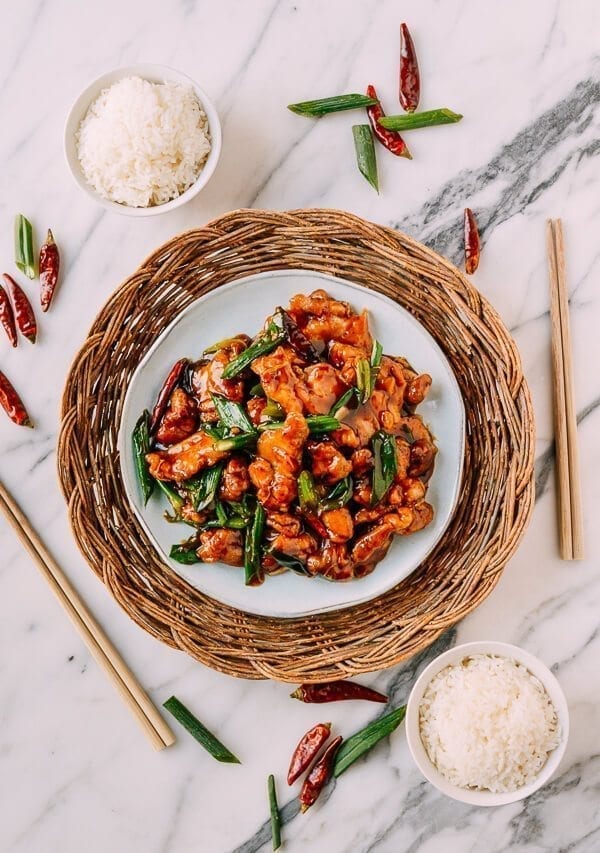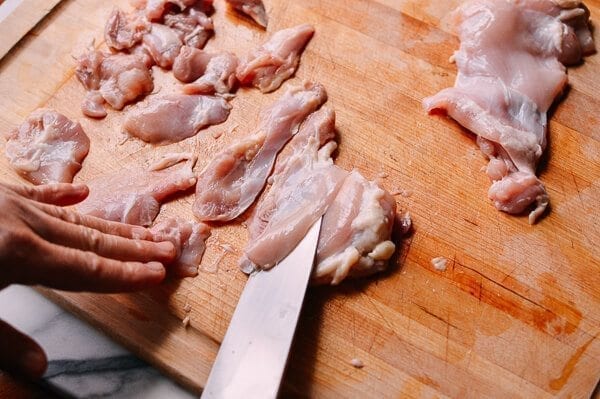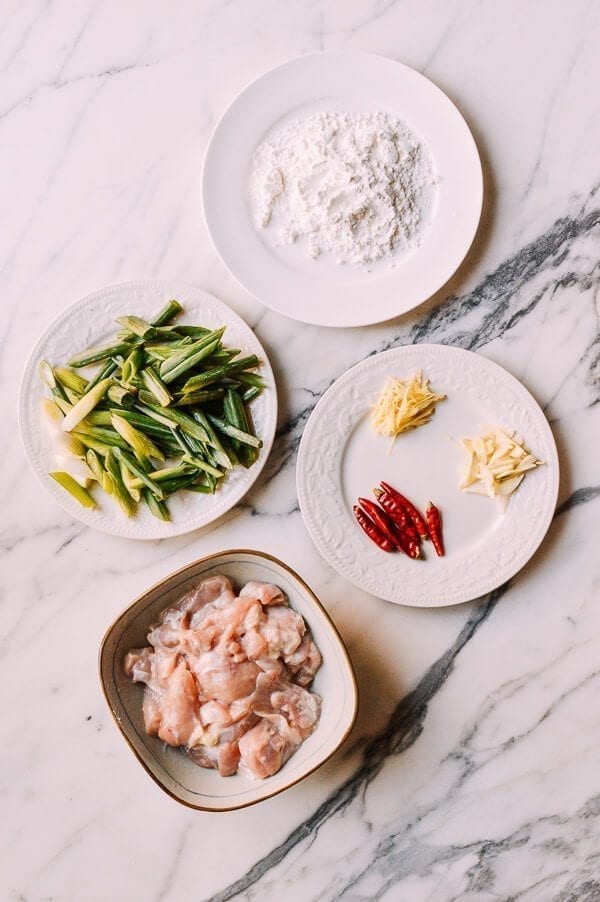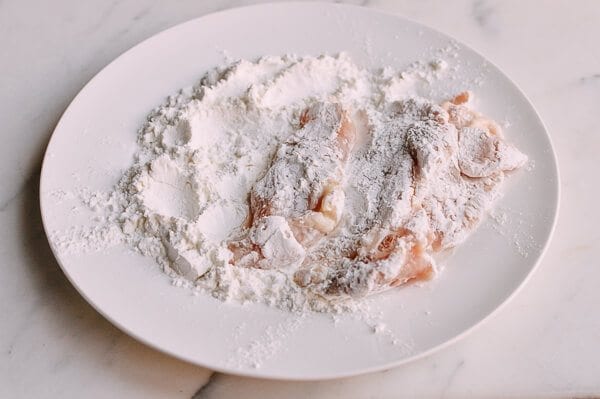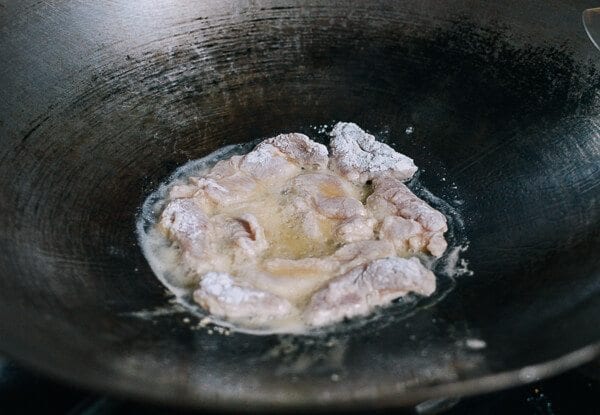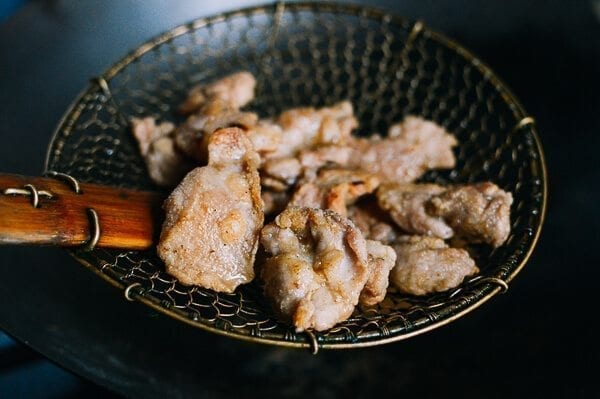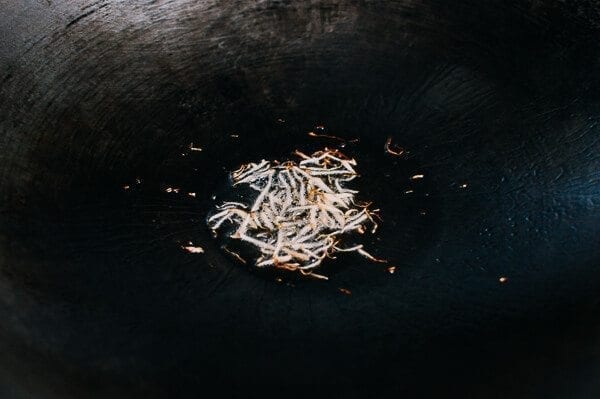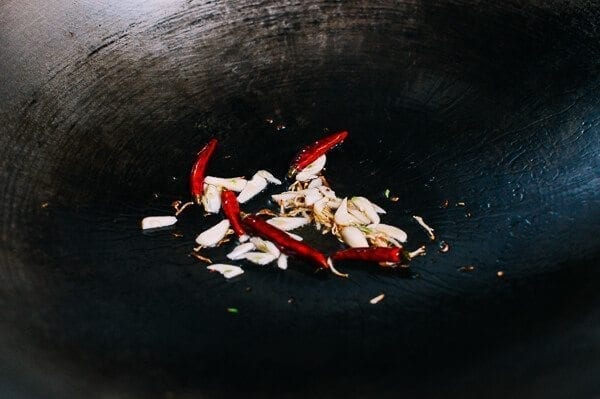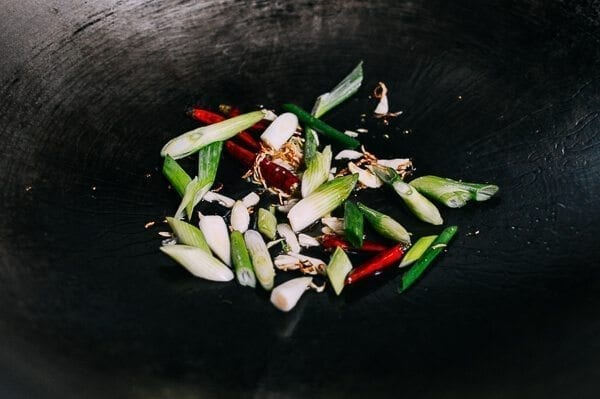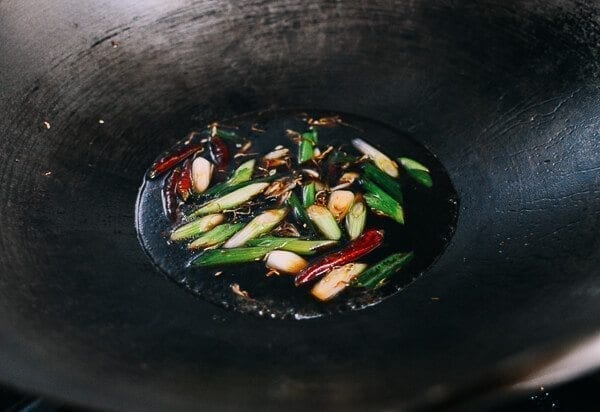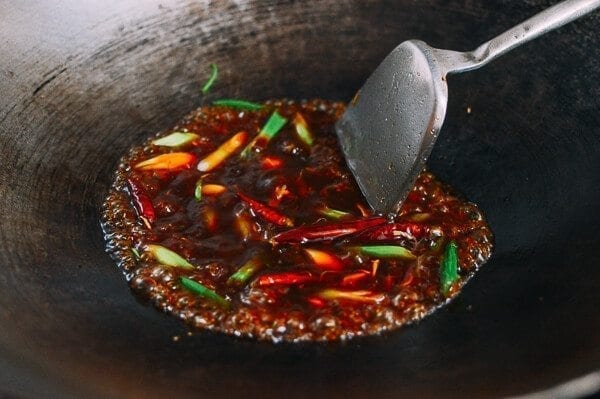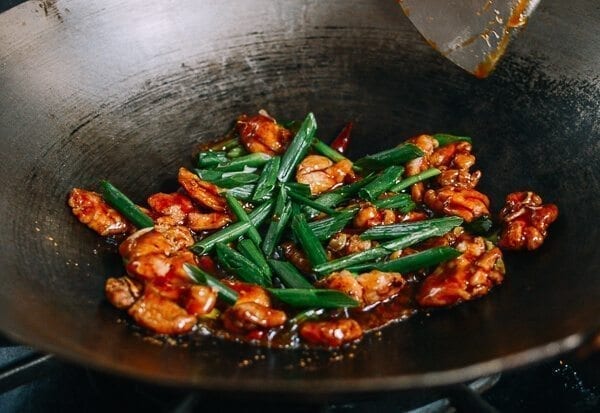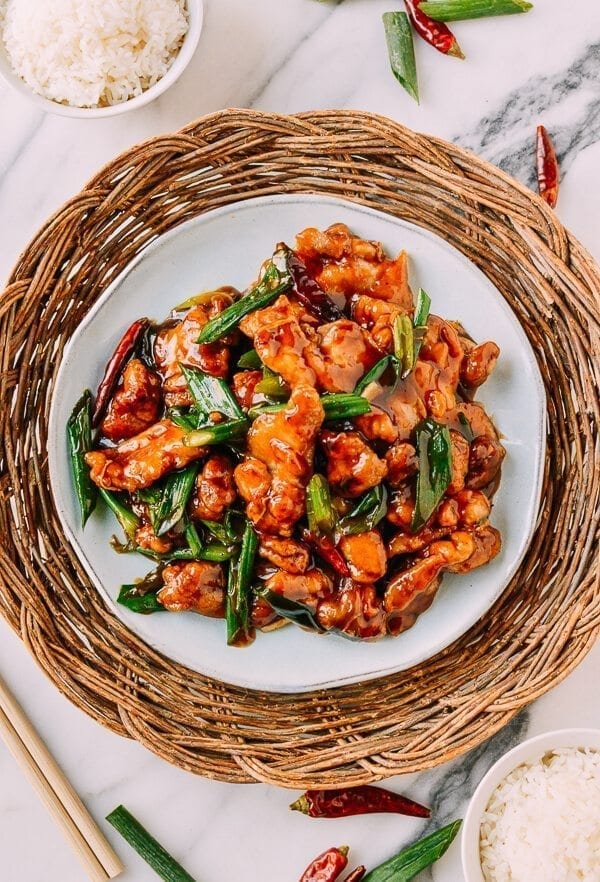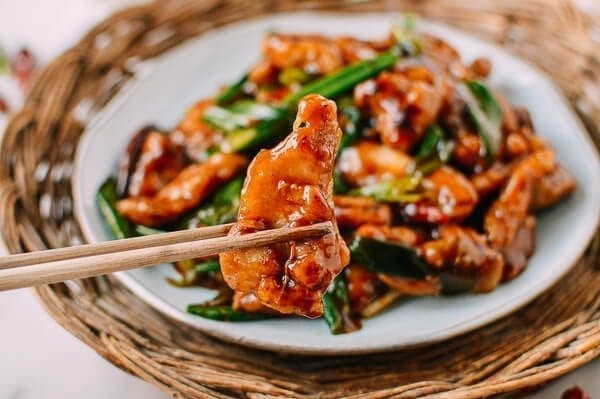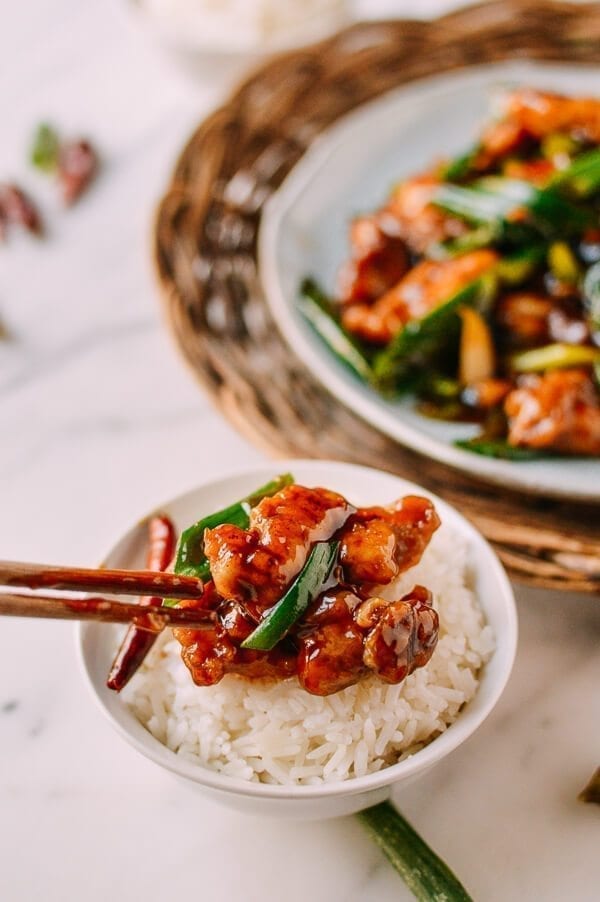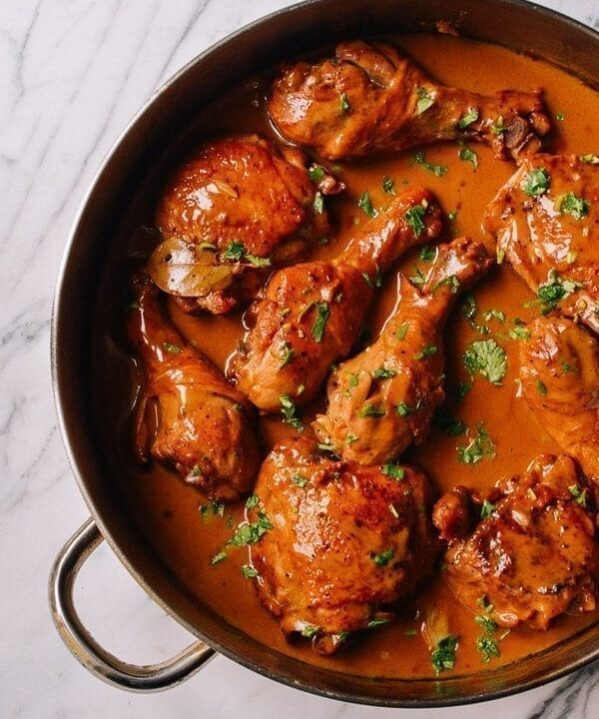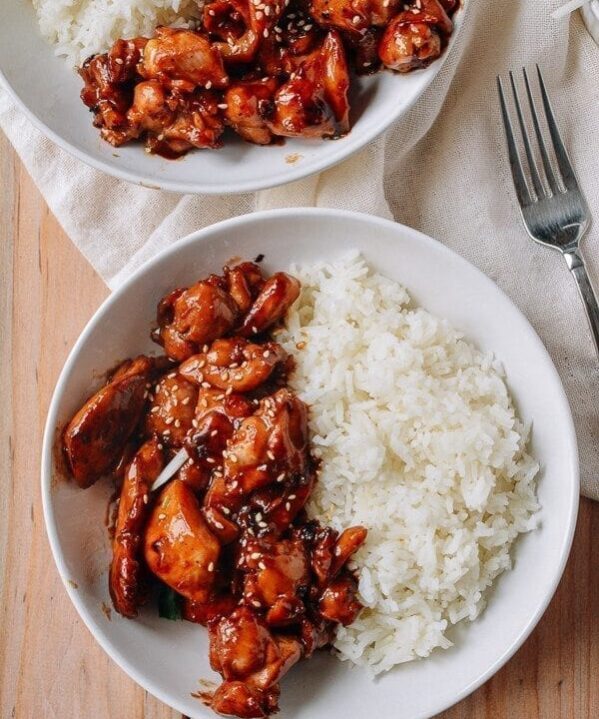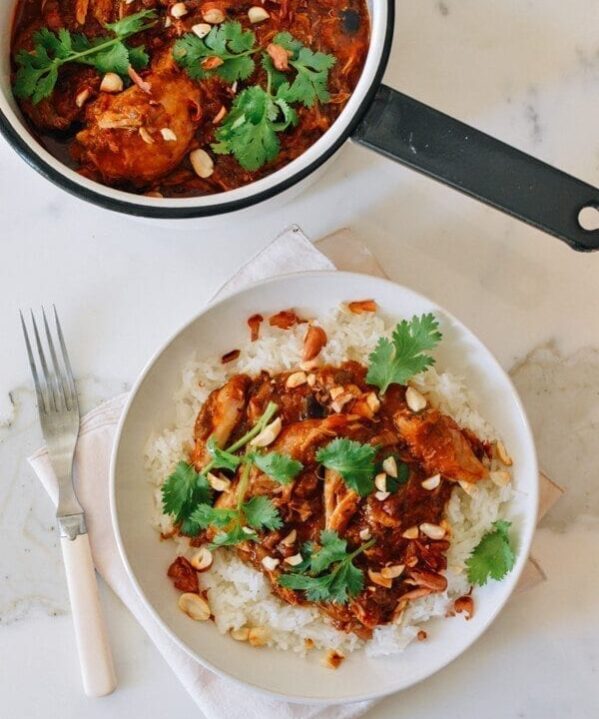Mongolian Beef? No, it’s Mongolian Chicken!
Mongolian Beef may just be America’s favorite Chinese dish. It’s crispy, salty, sweet, and spicy, and coated in an addictive sauce that’s perfect with steamed white rice. While P.F. Chang’s version is legend, we’ve created our own Mongolian Beef recipe. Not to pat myself on the back *too* much, but people who have tried our recipe swear by it!
But the fact of the matter is, some people just prefer chicken over beef. Also, there comes a time when you start craving something new instead of the same old Orange Chickens, the Sesame Chickens, and the General Tso’s Chickens of the world. This Mongolian Chicken will do the trick.
Recipe Notes
- In this recipe, we call for sliced boneless chicken breast or thighs, but we recommend using thighs, which are harder to accidentally overcook.
- The key to this tasty Mongolian Chicken is in the salty sweet sauce. It’s packed with flavor, which means that we can eliminate the step of marinating the chicken (a typical step in many of our stir-fries). Just give the chicken a light cornstarch dredging, and then fry it to crispy perfection.
- When you also fry the aromatics, all that flavor gets infused into that legendary sauce (that––trust us––has very little to do with Mongolia).
- Pro tip: you can also try this by oven frying the chicken – see directions on our Sesame Chicken – Baked, Not Fried (I suggest using chicken thighs if you want to bake as the chicken breast may dry out too much in the oven).
Toss that crispy chicken into the sauce, and wham–winner, winner, Mongolian Chicken dinner!
Mongolian Chicken: Recipe Instructions
Mix the sliced chicken with 1 tablespoon of oil, until the pieces are evenly coated.
Dredge all of the chicken in the cornstarch, shaking off the excess until the chicken is just lightly coated.
Heat ⅓ cup oil in a wok over high heat. At this point, if the chicken has absorbed the cornstarch and gets moist again, dredge the pieces again before frying. Just before the oil starts to smoke, spread the chicken pieces evenly in the wok, and fry for 1 minute, or until browned and crispy.
Turn the chicken, and let the other side fry for another 30 seconds or until browned and crispy. Transfer to a sheet pan or plate lined with paper towels. The chicken should be fried on all sides with a crusty coating.
Drain the oil from the wok, leaving 1 tablespoon behind, and set over medium high heat. Add the ginger fry for 20 seconds, until fragrant.
Add the dried chili peppers, if using, the garlic, and the white portions of the scallions.
Easy to make Mongolian Chicken Sauce
All of these aromatics add flavor to this tasty sauce.
Next, stir fry for another 15 seconds, and add the soy sauce, brown sugar, and chicken stock (or water).
Bring the sauce to a simmer, and stir constantly until the brown sugar is completely dissolved.
Let the sauce simmer for another 2 minutes, and slowly stir in the cornstarch-water mixture until the sauce coats the back of a spoon.
Add the chicken and the green portions of the scallions. Toss everything together for another 10 seconds.
There should be almost no liquid–the sauce should cling to the chicken. If you still have excess sauce, add more of the cornstarch slurry, and increase the heat slightly. Stir until thickened.
For more detailed information on the many ways to use cornstarch to get authentic results at home with our recipes, see our post on How to Use Cornstarch in Chinese Cooking.
Plate and serve your Mongolian Chicken with lots of hot steamed rice!
Mongolian Chicken
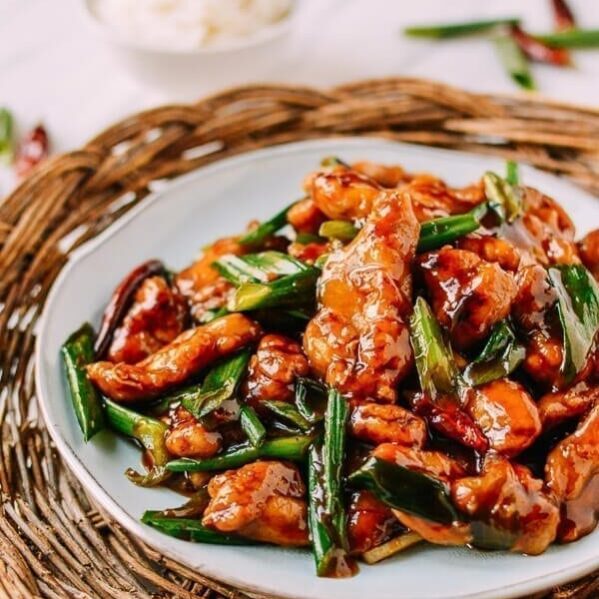
Ingredients
- 12 ounces boneless skinless chicken breast or thighs (340g, pat dry with paper towels and cut into ¼-inch thick slices)
- 1 tablespoon vegetable oil (plus ⅓ cup for frying)
- 1/4 cup cornstarch
- 1 teaspoon ginger (julienned or minced)
- 5 dried red chili peppers (optional)
- 2 cloves garlic (chopped)
- 3 scallions (cut on a diagonal into 1-inch slices)
- 2 1/2 tablespoons soy sauce
- 2 tablespoons brown sugar
- ¼ cup hot water or low sodium chicken stock
- 2 tablespoons cornstarch (mixed with 1 tablespoon water)
Instructions
- Mix the sliced chicken with 1 tablespoon of oil, until the pieces are evenly coated. Dredge all of the chicken in the cornstarch, shaking off the excess until the chicken is just lightly coated.
- Heat ⅓ cup oil in a wok over high heat. At this point, if the chicken has absorbed the cornstarch and gets moist again, dredge the pieces again before frying. Just before the oil starts to smoke, spread the chicken pieces evenly in the wok, and fry for 1 minute, or until browned and crispy.
- Turn the chicken, and let the other side fry for another 30 seconds or until browned and crispy. Transfer to a sheet pan or plate lined with paper towels. The chicken should be fried on all sides with a crusty coating.
- Drain the oil from the wok, leaving 1 tablespoon behind, and set over medium high heat. Add the ginger fry for 20 seconds, until fragrant. Add the dried chili peppers, if using, the garlic, and the white portions of the scallions. Stir fry for another 15 seconds, and add the soy sauce, brown sugar, and chicken stock (or water). Bring the sauce to a simmer, and stir constantly until the brown sugar is completely dissolved.
- Let the sauce simmer for another 2 minutes, and slowly stir in the cornstarch-water mixture until the sauce coats the back of a spoon. Add the chicken and the green portions of the scallions. Toss everything together for another 10 seconds.
- There should be almost no liquid--the sauce should cling to the chicken. If you still have excess sauce, add more of the cornstarch slurry, and increase the heat slightly. Stir until thickened.
nutrition facts

